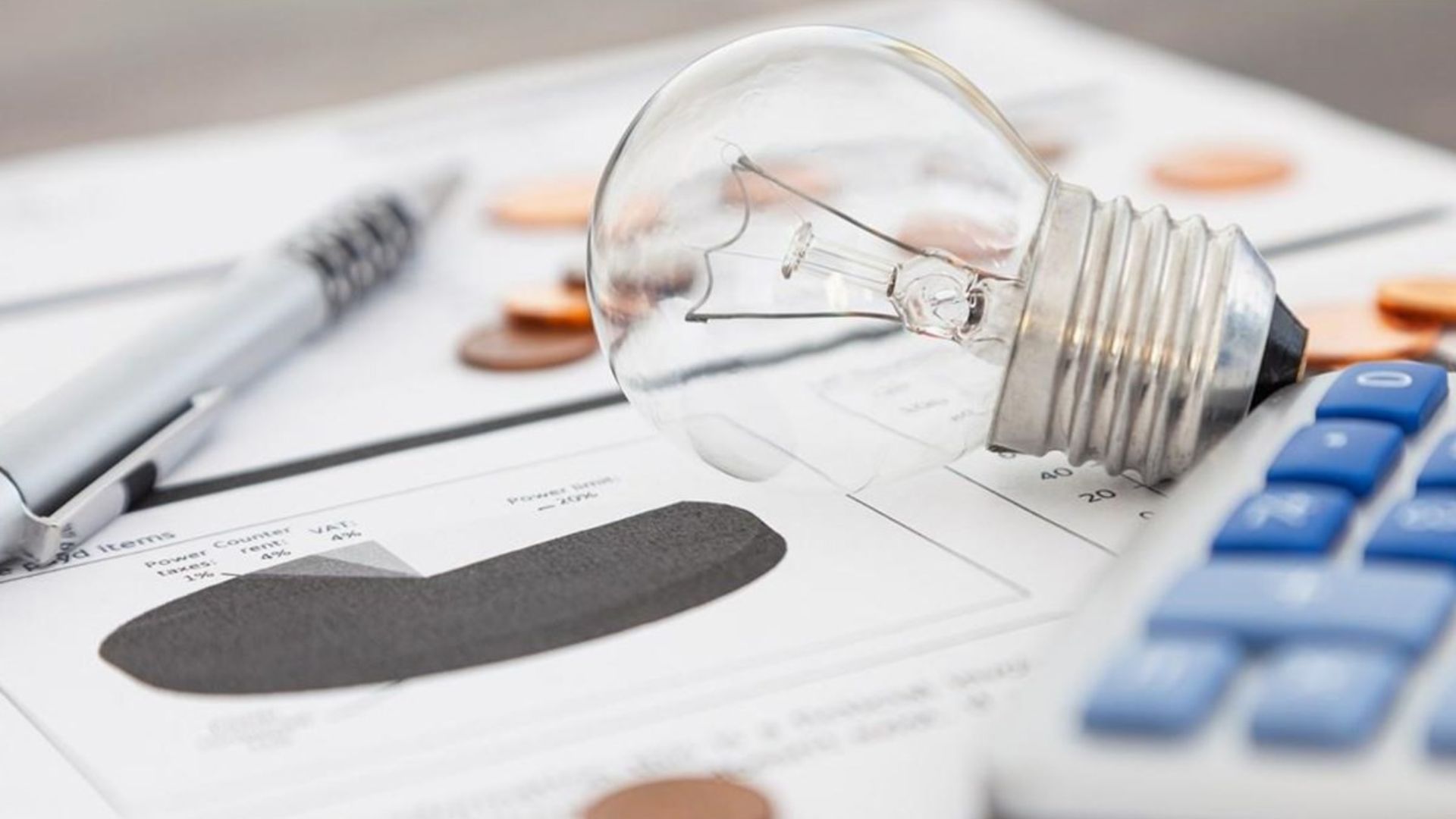- Για έγκυρη και έγκαιρη ενημέρωση
- info@green-news.gr

Γιώργος Αμούτζας: «…ευλογία μεγάλη για έναν ηθοποιό να παίζει στην Επίδαυρο…»
25 August 2023
Ο «ταπεινός» νυχτερινός μετρητής ενέργειας
25 August 2023By George Atsalakis
Economist, Associate Professor at the Technical University of Crete, Data Analysis and Forecasting Laboratory
The production of electricity from oil cost about $120 a barrel in 2012, while the price of natural gas was about $8.50. Therefore, anyone using natural gas had 14 times less energy production costs.
Electricity constitutes only a part of the total energy use. Fossil fuels provide over 80% of the world’s energy, while electricity corresponds to only about 20% of the world’s power.
According to experts, it will take five times as much energy to charge electric vehicles, heat homes and to carry out various industrial works.
Fast car chargers cost about $200,000 each to install, and despite being fast-charging, they still need more time than filling a car’s gas tank. To avoid long queues – a car charging station would need 3-4 superchargers to replace each petrol pump. Such a supercharger installation at a site creates an energy demand on the grid comparable to a small town.
Modern energy networks, due to the intermittent production of RES, require large battery storage units connected to the network to smooth out the supply. But a huge amount of mining is required to produce the minerals that go into the batteries, increasing at the same time the costs.
The way that electricity is produced, the locations of stations and the way power is delivered to homes are expected to change immediately. Wind turbines and solar panels will not be placed where the conventional power plants were located, but where the wind is strongest (the turbines) and where the sun shines the most (the panels). The green energy will then have to be transported to the areas where the populations live. Most of the areas with sun and air are far from cities and existing grids. Thousands of kilometers of new high-voltage transmission lines are needed to connect them while there is the extra cost for government permits to operate these cables.
Another cost is the supply of the required materials. Because in addition to building new high-voltage transmission lines, the existing ones will also have to be upgraded to be able to carry much more electricity. Millions of kilometers of copper wire are needed to build the most complex networks to transport energy. Copper is also needed for the upgraded wiring in the houses.
Therefore, we come to the conclusion that the cost of electricity will have to increase to finance the new infrastructure and address the above problems.
According to researchers, if new distribution networks are not built at a faster pace, around 80% of the reduction in emissions expected may not happen at all.
In any case we need to save our planet from pollution and climate change. But perhaps innovations that reduce the machines’ energy requirements will help solve the problem more directly. The electricity demand for air conditioning e.g. expected to triple in the coming decades. Could some of the green transition funds be allocated to inventing new systems that use materials called desiccants? These systems could cool more efficiently, even in extreme temperatures and humidity, reducing demand on the power grid.
Electricity is the most important asset of our civilization. But without cheap energy, households cannot survive, neither can small businesses, nor can a country’s economy grow.

Πηγή: https://www.naftemporiki.gr/english/1506740/the-upward-trend-of-electricity-prices/


